#AmericanMotors
Rare Rides Icons: The AMC Matador, Medium, Large, and Personal (Part IV)
We finish up our Rare Rides Icons coverage of the AMC Matador today by spending some time abroad. The Matador maintained a few different passports as it donned new branding and nameplates for its various international adventures. And unlike many domestic cars of the period, AMC saw sales success when its midsize arrived in other markets.
Rare Rides Icons: The AMC Matador, Medium, Large, and Personal (Part III)
We left off in Part II of our AMC Matador coverage during the model lineup’s second year on the market. The Matador was working overtime by 1975, as AMC marketed their largest car to the intermediate and large car buyers. Unfortunately, things only went downhill from there.
Rare Rides Icons: The AMC Matador, Medium, Large, and Personal (Part II)
AMC introduced its new Matador lineup into the very competitive intermediate (midsize) car market in 1971. It was a time when the company was making advances in build quality, streamlining, and an industry-leading all-encompassing warranty. And though the Rebel by any other name was selling decently, it wasn’t grabbing market share as AMC expected. Especially lackluster were sales of the Matador Coupe, a body style that was the top seller amongst its domestic competitors. As 1974 approached, AMC prepared to make some big changes to Matador, and introduce an all-new two-door.
Rare Rides Icons: The AMC Matador, Medium, Large, and Personal (Part I)
The American Motors Matador line was many things to many people during its run from 1971 to 1978. Built domestically and abroad, Matadors occupied more than one size class, a broad range of price points, and were even dressed in fashionable luxury garb for a while. Come along as we explore the world of Matador.
Junkyard Find: 1961 Rambler American Deluxe 2-Door Sedan
When George Romney— yes, father of Marlin-drivin’ Mitt— took over American Motors soon after its 1954 formation in a merger between Hudson and Nash, he set about shifting the company’s focus from “traditional” big cars locked in an annual styling arms race to a line of affordable compacts built on the success of the little Nash Rambler. By 1961, Nash and Hudson were long gone and every AMC car was a Rambler; the smallest Rambler that year was the American, and the cheapest American was the Deluxe two-door sedan. That’s what we’ve got for today’s Junkyard Find, spotted a few months back in a Denver yard.
Rare Rides: The Unique Looking 1955 Nash Statesman
About a year ago Rare Rides featured its first Nash, the tiny Metropolitan. Today we take a look at the full-size car that occupied the showroom floor alongside its smallest sibling.
Hailing from 1955, it’s a Statesman.
Rare Rides: The 1981 AMC Concord Keeps It on the D/L
Vehicles from plucky AMC are always welcome here at Rare Rides. Thus far, the series has featured a Metropolitan, a concept Van, a Matador Barcelona, and a very tasty Sundancer. The latter is a cousin of today’s relentlessly beige Concord two-door sedan.
Ready for some malaise?
Rare Rides: A Microscopic American Motors Metropolitan From 1962
Recently, we featured a grandiose convertible Hudson once owned by actor and car enthusiast Steve McQueen. Today’s Rare Ride came originally from Nash, the other company which combined with Hudson to form American Motors.
Let’s get Metropolitan.
Rare Rides: The 1984 Renault Fuego, or Feu D'Artifice
Back in the early 1980s, Renault/Jeep/AMC dealers sold quite the assorted lineup of vehicles in the North American market. Shortly after it obtained a 59 percent ownership stake in AMC, Renault launched a new sporty coupe that was assuredly lit.
Come along and check out the Fuego.
Rare Rides: The 1977 AMC AM Van - a Concept That Never Was
Early this year, the Rare Rides series began with this Ghia concept from 1979. A lovely red coupe, it was based on humble Mustang underpinnings. Today we return to the concept car bin with this AMC. Much like the Ghia, AMC’s AM Van is a very 1970s concept based on an existing car platform that never moved past the concept stage.
Let’s check out this pearlescent red box.
Rare Rides: 1987 Renault Alliance GTA, the Sporty Franco-American Hybrid
Today we bring you a very special, semi-complicated Rare Rides. It’s an unusual little sports coupe bearing a French diamond on the front, a Wisconsin-made sticker inside the door, and red GTA badging on the sills.
Come check out the Renault Alliance GTA.
How Roy Lunn Invented the Crossover for Just $6.5 Million
Roy Lunn passed away recently at the age of 92, not long after being named to the Automotive Hall of Fame. The name may be unfamiliar, but any one of his manifold achievements probably would have merited inclusion in that august institution.
Lunn was in charge of creating the Aston Martin DB2, progenitor to the James Bond cars. Moving to Ford, he had a seminal role in the development of the Anglia 105-E, Ford’s first postwar hit in Europe and the foundation of much of the brand’s later success on the continent. At Dearborn he engineered the first Mustang concept and was then put in charge of Ford Motor Company’s all-out assault on Ferrari at LeMans with the GT40, developments of which won that race four years in a row.
With LeMans conquered, he became chief engineer at American Motors, going from a virtually unlimited budget with Ford Racing to having to turn AMC’s pigs ears into silk purses, and come in at budget, too. At American Motors, Lunn helped make the original XJ Cherokee arguably the most durable American vehicle ever made.
Lunn didn’t know it at the time, but he also invented what we today call the crossover, or CUV — the UV standing for Utility Vehicle, not ultraviolet. In a sentence, a crossover is a vehicle based on a passenger car but with more ground clearance, a long, station wagon-like roofline, a rear hatch, and some kind of drive system that puts motive force at all four wheels.
Rare Rides: This AMC From 1981 is Pure Brougham and Very Targa
Today’s Rare Ride is fairly old compared to the rest of the cars in this series, and it’s the first look at quirky and long-expired manufacturer American Motors Corporation (AMC).
A few years before being swallowed up by Chrysler in its desire to own Jeep, AMC produced this very unique PLC-TC, or Personal Luxury Coupe Targa Convertible.
Come and have a look.
Happy 100th Birthday, Nash Motors!
Sure, none of the original players are walking the earth, but we can still celebrate the corporate creation of Charles W. Nash, the man who quit General Motors in its infancy to form his own car company.
Nash Motors wasn’t a Big Three player, but it did make its mark on the automotive landscape. During a wild ride of mergers, acquisitions and changing product direction, the independent automaker spawned a number of innovations that became industry firsts.
Junkyard Find: 1971 AMC Gremlin
Once American Motors was absorbed by Chrysler in 1987, after lingering on the ropes for a few years during a series of early-1980s bailouts by Renault (i.e., the French government), random strands of its Kenosha/Boulogne-Billancourt DNA appeared here and there in various Chrysler products over the following decades. You’ll still find plenty of examples of full-on AMC products in North American junkyards today, in the form of the XJ Cherokee and AMC Eagle (the case could be made that the Chrysler LH is an AMC design, via the Renault 21/25-based Eagle Premier), but full-strength AMC models from the company’s heyday of the George Romney era and into the early 1970s are very rare sights today.
Here’s a pre- Malaise Gremlin, in glorious brown, that I spotted in a Denver yard last week.



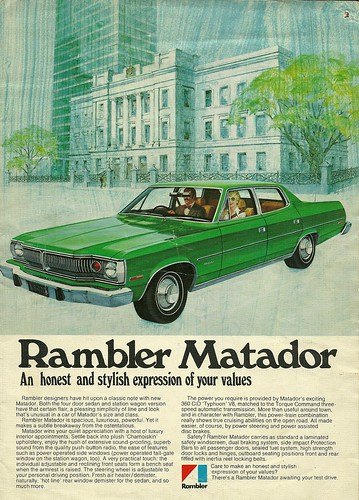
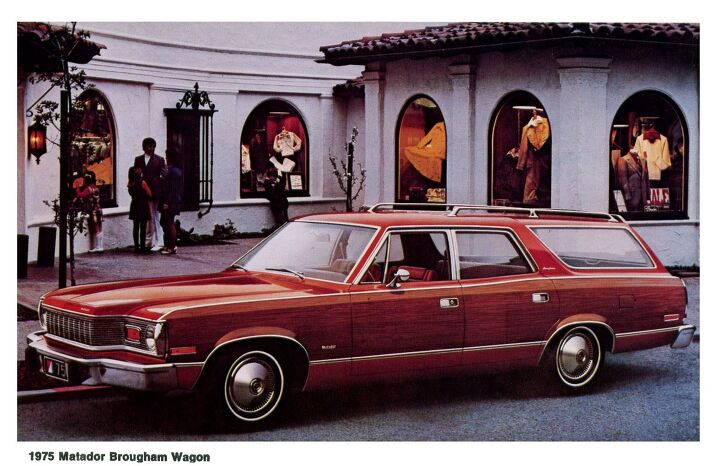


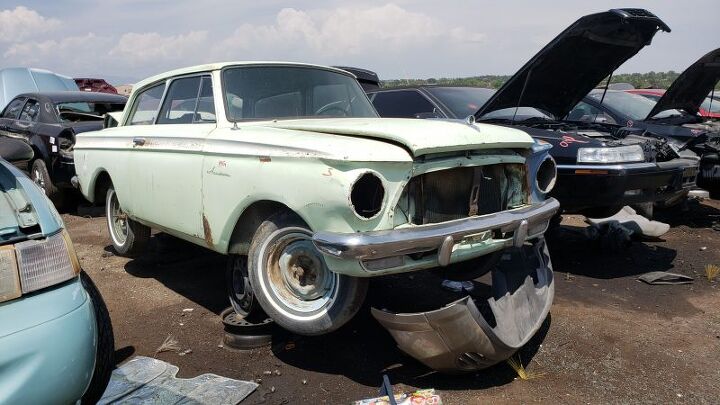





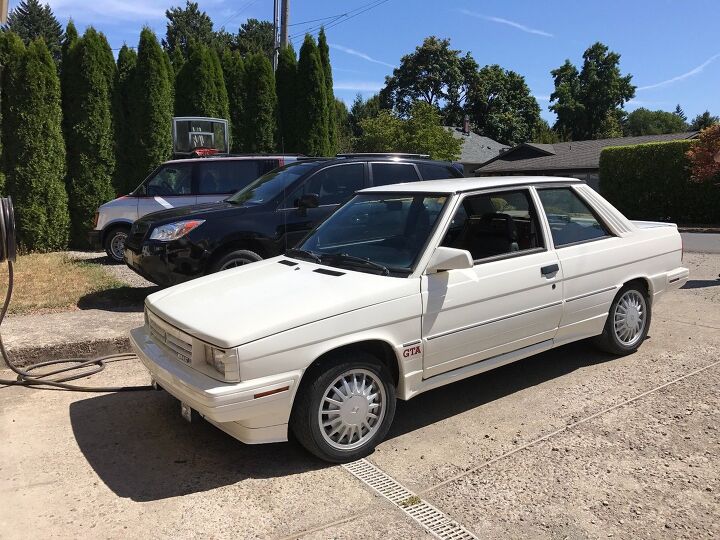
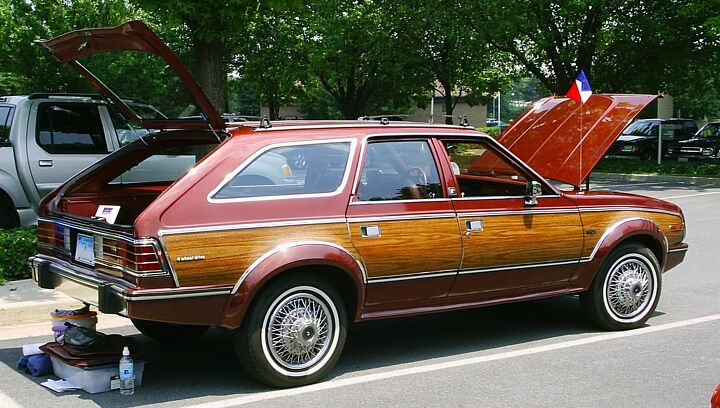


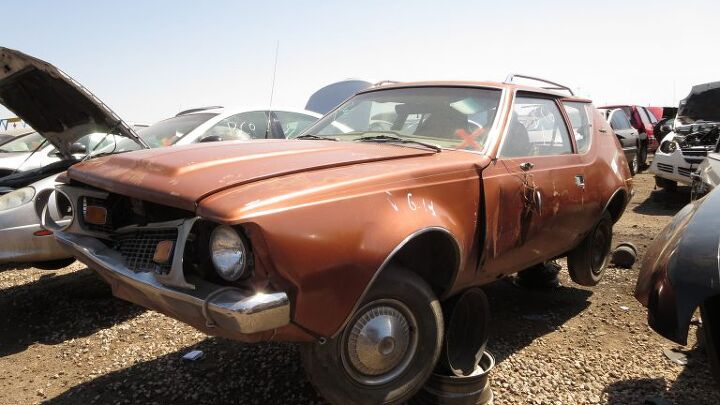











Recent Comments